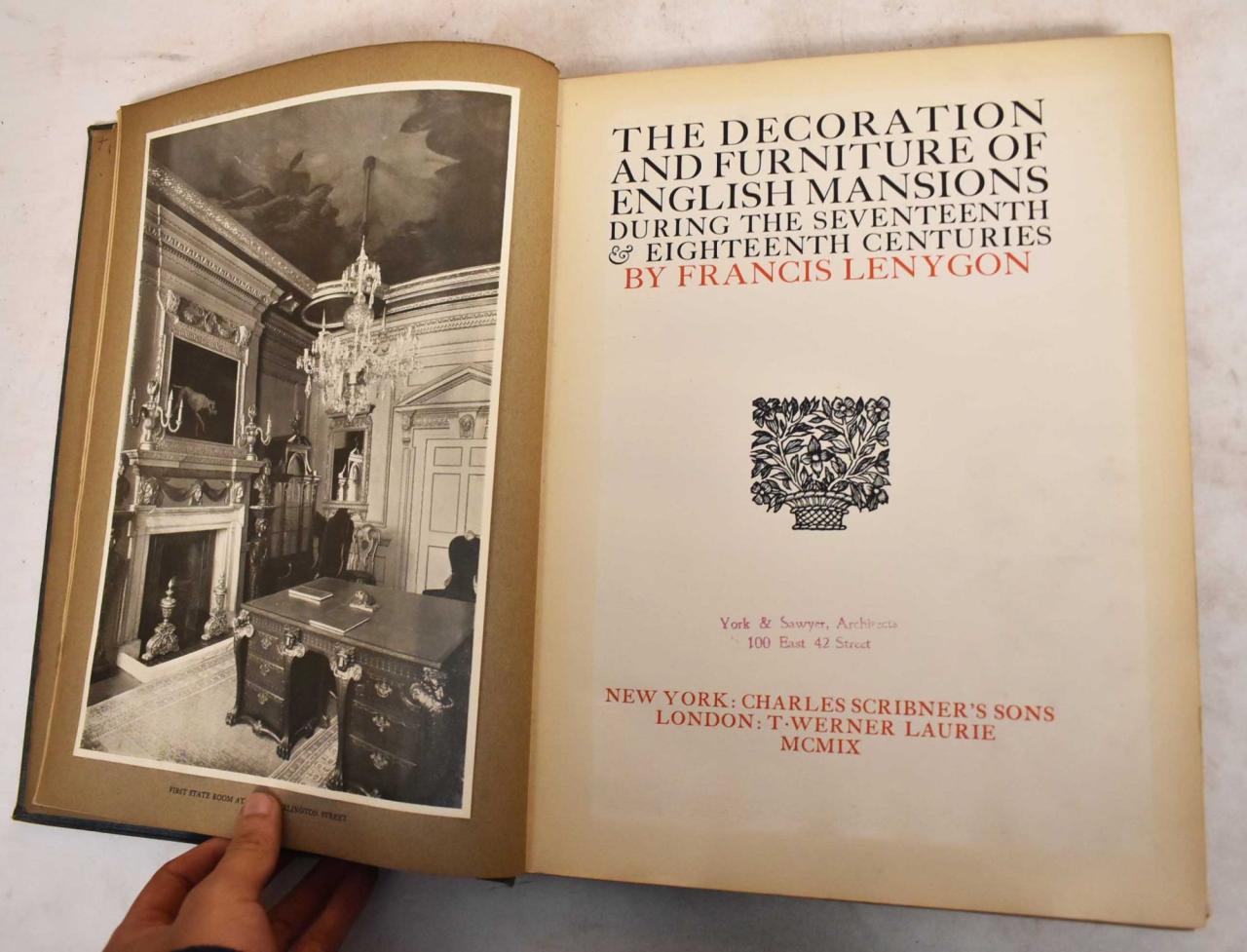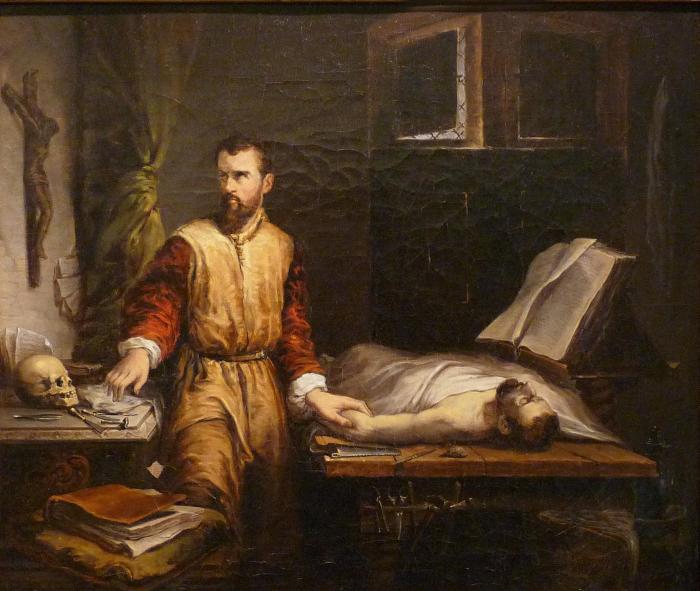In the seventeenth and eighteenth centuries medical practitioners – In the seventeenth and eighteenth centuries, medical practitioners embarked on a transformative journey, revolutionizing healthcare practices and shaping the foundations of modern medicine. This era witnessed groundbreaking advancements in medical knowledge, education, and treatments, forever altering the way diseases were understood and managed.
From the pioneering work of William Harvey in understanding blood circulation to Edward Jenner’s development of the smallpox vaccine, the seventeenth and eighteenth centuries were a period of remarkable scientific discovery and innovation. Medical practitioners played a pivotal role in these advancements, challenging traditional beliefs and embracing new ideas that would ultimately save countless lives.
Medical Practices in the 17th and 18th Centuries

Medical practices in the 17th and 18th centuries were characterized by a mix of traditional and emerging approaches. Practitioners relied on a combination of ancient Greek and Roman medical knowledge, empirical observations, and folk remedies.
Common treatments included bloodletting, purging, and blistering. Bloodletting was believed to remove harmful substances from the body, while purging involved inducing vomiting or diarrhea to cleanse the digestive system. Blistering was used to create sores on the skin to draw out toxins.
Tools and Techniques, In the seventeenth and eighteenth centuries medical practitioners
Medical practitioners used a variety of tools and techniques, including:
- Lancets for bloodletting
- Syringes for purging
- Cupping glasses for blistering
- Stethoscopes for listening to heart and lung sounds
- Microscopes for examining small organisms
The development of new tools and techniques, such as the microscope, led to significant advancements in medical knowledge and practices.
Scientific Advancements
The 17th and 18th centuries witnessed a surge in scientific advancements that influenced medical practices. William Harvey’s discovery of blood circulation in 1628 revolutionized the understanding of the human body.
Other important advancements included the development of the germ theory of disease by Louis Pasteur and the discovery of smallpox vaccination by Edward Jenner. These advancements laid the foundation for modern medicine and improved the effectiveness of medical treatments.
Top FAQs: In The Seventeenth And Eighteenth Centuries Medical Practitioners
What were the common medical practices used in the seventeenth and eighteenth centuries?
Medical practices during this time included bloodletting, purging, and the use of herbal remedies. Practitioners relied heavily on observation and experience, as scientific understanding of the human body was limited.
How did medical practitioners acquire knowledge and skills?
Medical education involved apprenticeships with experienced practitioners or attending medical schools. However, formal training was often limited, and many practitioners learned through trial and error.
What were the roles of physicians and surgeons in the seventeenth and eighteenth centuries?
Physicians focused on diagnosing and treating illnesses through non-surgical methods, while surgeons performed operations and treated wounds. The distinction between the two professions was not always clear, and many practitioners practiced both roles.

